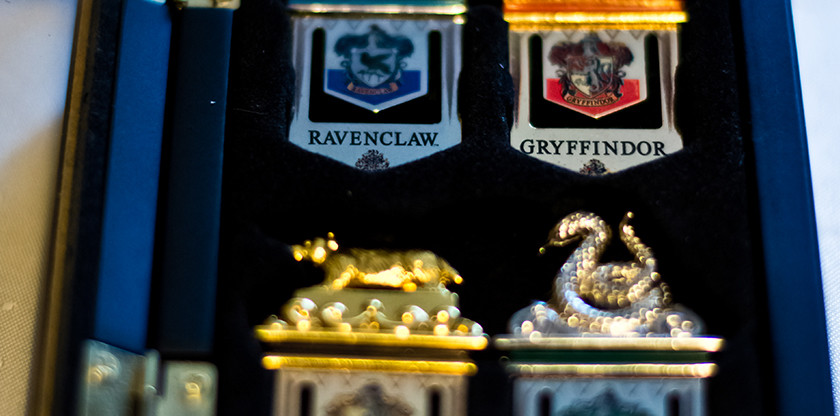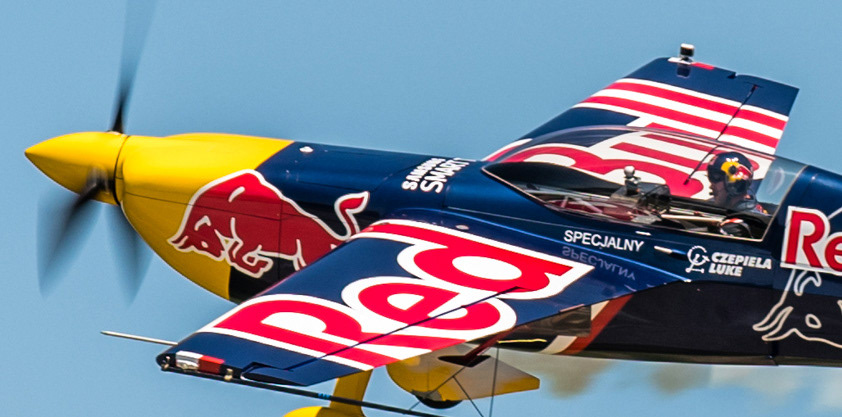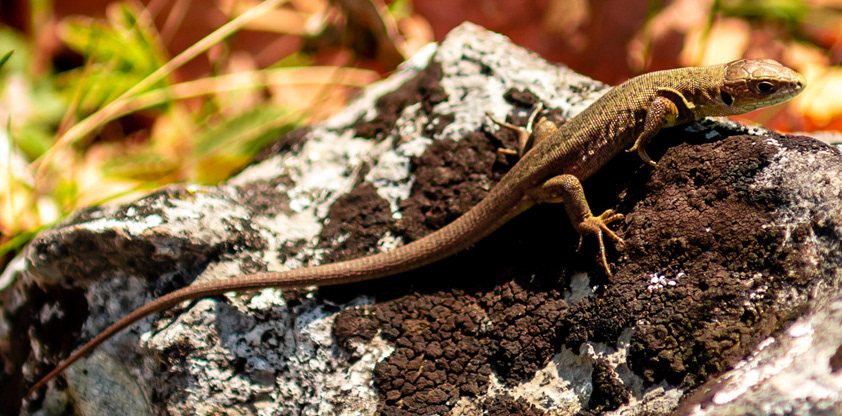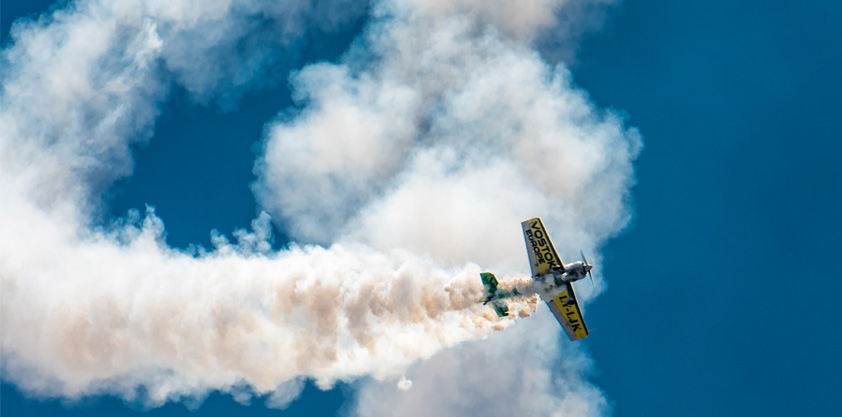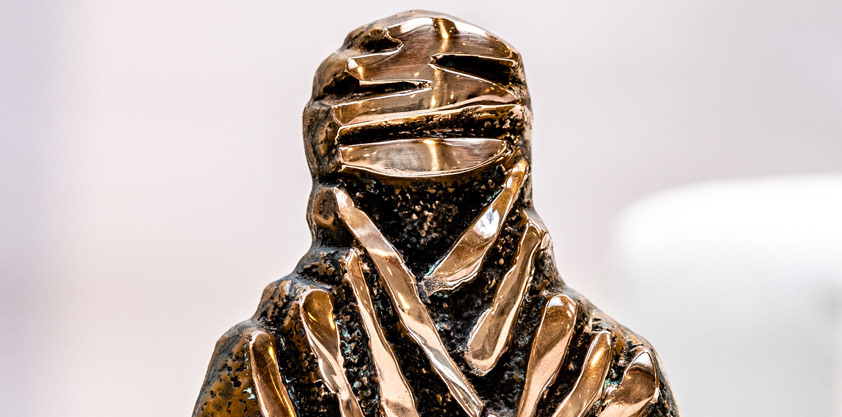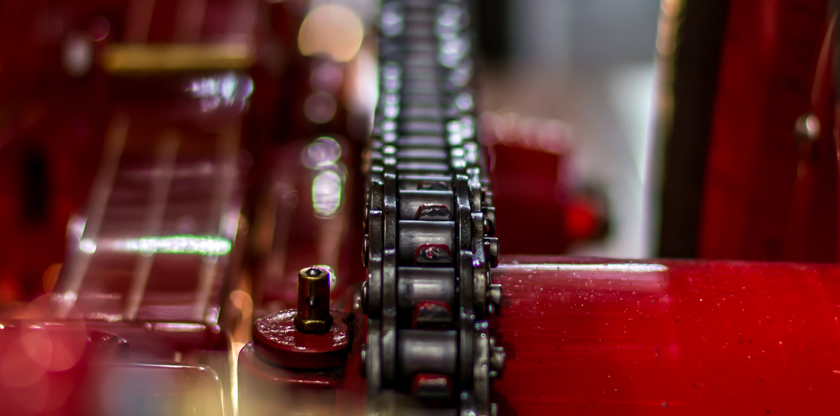Constellations graphics taken from the Johannes Hevelius star atlas "Firmamentum Sobiescianum" dated 1687 (fully available online - http://lhldigital.lindahall.org/cdm/ref/collection/astro_atlas/id/1597) and cleared by John Godfrey from the http://hubblesource.stsci.edu.
North-East night sky above Cracow - Photo taken on 7th of May 2016 at 22:22. 21 individual photographs which gives the total exposure time of 11.5 minutes taken with Nikkor 50mm with exposure of 30s at ISO 400 and f/5.6.
Iridium flare from Iridium 68 - Brightness -7.0, altitude 30°, azimuth 40° NE, 10.05.2016 22:25:04. 24 individual photographs which gives the total exposure time of 12 minutes taken with Nikkor 50mm with exposure of 30s at ISO 400 and f/1.4.
ISS ZARYA - International Space Station fly by on 07.06.2016 at 22:07. 200 individual photographs which gives the total exposure time of 100 minutes taken with Nikkor 18-105mm with exposure of 30s at ISO 400 and f/3.5.
Two more unidentified satellites was caught near the ISS line as well as three passing by airplanes (dotted lines).
Yellow line on the constellation visualisation image is the cellestial equator. All of the stars above it are 'turning' CCW and below are 'turning' CW.
Northern night sky above Cracow - Photo taken on 8th of June 2016 at 00:16. Single photo with exposition time of 15s, ISO 6400 and f/3.5. Lens used AF-S DX NIKKOR 18-105mm f/3.5-5.6G ED VR at 18mm.
Eastern night sky above Cracow - Photo taken on 8th of June 2016 at 00:16. Single photo with exposition time of 15s, ISO 6400 and f/3.5. Lens used AF-S DX NIKKOR 18-105mm f/3.5-5.6G ED VR at 18mm.
I was trying to catch the Milky Way which is barely visible in the right down corner in the Scutum constellation. I guess that's the best I can do in the center of the city with such a high light pollution.
In the top left corner you can see faint straight line from the flying by satellite SERT 2.
Southern night sky above Cracow - Photo taken on 8th of June 2016 at 00:17. Single photo with exposition time of 15s, ISO 6400 and f/3.5. Lens used AF-S DX NIKKOR 18-105mm f/3.5-5.6G ED VR at 18mm.
Double Cluster in Perseus Constellation (wide shot) - Photo taken on 24th of July 2016 at 22:55. Stack of 98 photos with exposition time of 1s, ISO 800 and f/2.8. Lens used AF-S NIKKOR 70-200mm f/2.8G ED VR II at 200mm.
Double Cluster in Perseus Constellation (close up) - Photo taken on 22nd of July 2016 at 23:22. Stack of 9 photos with exposition time of 1s, ISO 800 and f/2.8. Lens used AF-S NIKKOR 70-200mm f/2.8G ED VR II at 200mm.
Andromeda Galaxy (close up) - Photo taken on 24th of July 2016 at 22:33. Stack of 196 photos with exposition time of 1s, ISO 800 and f/2.8. Lens used AF-S NIKKOR 70-200mm f/2.8G ED VR II at 200mm.
Pleiades (wide shot) - Photo taken on 12th of August 2016 at 01:25. Stack of 7 photos with exposition time of 5s, ISO 800 and f/2. Lens used AF-S NIKKOR 50mm f/1.4.
Pleiades (close up) - Photo taken on 12th of August 2016 at 01:30. Stack of 21 photos with exposition time of 1.3s, ISO 800 and f/2.8. Lens used AF-S NIKKOR 70-200mm f/2.8G ED VR II at 200mm.
The nine brightest stars of the Pleiades are named for the Seven Sisters of Greek mythology: Sterope, Merope, Electra, Maia, Taygeta, Celaeno, and Alcyone, along with their parents Atlas and Pleione.
The nine brightest stars of the Pleiades are named for the Seven Sisters of Greek mythology: Sterope, Merope, Electra, Maia, Taygeta, Celaeno, and Alcyone, along with their parents Atlas and Pleione.
Andromeda Galaxy using Astrotrac (close up) - Photo taken on 31st of August 2016. Stack of 10 photos with exposition time of 10s, ISO 800 and f/2.8 with additional 10 dark frames. Lens used AF-S NIKKOR 70-200mm f/2.8G ED VR II at 200mm. All stacked in DeepSkyStacker. Guided with Astrotrac.
Double Cluster in Perseus Constellation using Astrotrac (close up) - Photo taken on 31st of August 2016. Stack of 10 photos with exposition time of 10s, ISO 800 and f/2.8 with additional 10 dark frames. Lens used AF-S NIKKOR 70-200mm f/2.8G ED VR II at 200mm. All stacked in DeepSkyStacker. Guided with Astrotrac.
Orion Constellation using Astrotrac (wide shot) - Photo taken on 18th of November 2016. Single photo with exposition time of 8s, ISO 100 and f/1.4. Lens used AF-S NIKKOR 50mm f/1.4. Guided with Astrotrac.
Orion Constellation using Astrotrac (wide shot) - Photo taken on 22nd of November 2016. Stack of 6 photos with exposition time of 20s, ISO 500 and f/2.0. Lens used AF-S NIKKOR 50mm f/1.4. All stacked in DeepSkyStacker. Guided with Astrotrac.
Orion's Belt in Orion Constellation using Astrotrac (close up) - Photo taken on 22nd of November 2016. Stack of 11 photos with exposition time of 10s, ISO 800 and f/2.8. Lens used AF-S NIKKOR 70-200mm f/2.8G ED VR II at 200mm. All stacked in DeepSkyStacker. Guided with Astrotrac.
Great Nebula in Orion Constellation using Astrotrac (close up) - Photo taken on 22nd of November 2016. Stack of 23 photos with exposition time of 10s, ISO 800 and f/2.8. Lens used AF-S NIKKOR 70-200mm f/2.8G ED VR II at 200mm. All stacked in DeepSkyStacker. Guided with Astrotrac.
Great Nebula in Orion Constellation using Astrotrac (close up) - Colorized version - Previous photo with colors added from official full color Nebula picture.
